(2009) is a bulging, behemoth of a book which frequently reads like an encyclopedia. There were times as I worked my way through this stunningly detailed story that I had the sense of being dragged unwilling through a large, eclectic museum by a well-informed but over-enthusiastic tour guide.
Tuesday, March 20, 2018
The Children's Book by A S Byatt - review by the queen of reviewers - Margie Taylor
It has been
said of A S Byatt that she does not wear her learning lightly. I’d go further:
she has a tendency to club you over the head with it. The Children’s Book
(2009) is a bulging, behemoth of a book which frequently reads like an encyclopedia. There were times as I worked my way through this stunningly detailed story that I had the sense of being dragged unwilling through a large, eclectic museum by a well-informed but over-enthusiastic tour guide.
(2009) is a bulging, behemoth of a book which frequently reads like an encyclopedia. There were times as I worked my way through this stunningly detailed story that I had the sense of being dragged unwilling through a large, eclectic museum by a well-informed but over-enthusiastic tour guide.
There are
compelling stories within these 615 pages. There are men and women redefining
themselves at the end of the Victorian era, children struggling to release
themselves from parental expectations, family secrets that, when and if
divulged, will confuse and even destroy members of the household. But these are
buried, or temporarily shoved aside, by lectures (sorry, that’s the only word
for it) on any one of the following: German puppetry; ceramics; the rebuilding
of the South Kensington Museum; the hazards of investing in South African gold;
the Arts and Crafts movement; the early days of British socialism. An enormous
amount of attention is given to pots and glazes, theatre design, styles of
dress, and what people eat. The details are overwhelming; it makes me think
there’s a smaller book inside that might have worked better.
Which is not
to say I didn’t enjoy it. Byatt’s an intelligent, compelling writer – she’s
incapable of writing a bad book. I just wish she’d been a little less
determined to instruct.
Beginning in
1895 and stretching over two and a half decades, The Children’s Book
tells the story of Olive and Humphry Wellwood, well-to-do Fabians, art lovers,
and, occasionally, sexual adventurers. They represent a class of intelligent,
politically active Europeans who believed in a kind of utopia, a new order
encompassing free love, votes for women, and new patterns made “by craftsmen,
not by wage-slaves”. Real life movers and shakers make appearances in the book:
William Morris, H. G. Wells, G. B. Shaw, Rupert Brooke, Emmeline Pankhurst and
her daughters. Oscar Wilde, very much the worse for wear and living in exile in
Paris, is seen having a heart-to-heart with Rodin, after which he – Wilde –
cadges a small loan from one of the fictional characters.
In an
interview with The Guardian, Byatt said she started with the idea
that writing children’s books isn’t good for the writer’s own children: “There
are some dreadful stories. Christopher Robin at least lived. Kenneth Grahame’s
son put himself across a railway line and waited for the train. Then there’s JM
Barrie. One of the boys that Barrie adopted almost certainly drowned himself.
This struck me as something that needed investigating. And the second thing
was, I was interested in the structure of E Nesbit’s family — how they all
seemed to be Fabians and fairy-story writers.”
Like Nesbit,
Olive Wellwood is a successful writer of children’s fairy tales. She and
Humphry inhabit Todefright, a delightful cottage in the Kentish Weald, with
their five children: Tom, Dorothy, Phyllis, Hedda, and Florian (two more, Robin
and Harry, will be born before the turn of the century). The Wellwood children,
their cousins, and their friends are at the heart of the book and there are a lot
of them – so many, in fact, that Byatt had to create an Excel spread sheet to
keep track of them. (I did the same.) Besides those already mentioned, we have
Julian and Florence Cain who are the son and daughter of Major Prosper
Cain, Special Keeper of Precious Metals at the South Kensington Museum
(soon to be renamed the Victoria and Albert); Geraint, Imogen and Pomona Fludd,
children of the gifted but seriously disturbed potter Benedict Fludd, and
Philip and Elsie Warren, a young working-class runaway and his sister.
When the
book opens, Olive has come to the museum to interview Major Cain for a new
story she’s writing. While they’re talking, Tom and Julian wander off and
discover a strange boy, “hay-haired, shaggy, and filthy”, crouching by one of
the exhibits, sketching. They follow him and find him hiding in the dark
underground recesses of the museum’s store-rooms. When confronted, he says his
name is Philip Warren. He was an apprentice in a ceramics factory but has run
away. He wants to make his own pots, based on his own designs. He has no money
and is half-starved but is determined not to go back to the Potteries.
After asking
to see his sketches, Olive and Major Cain decide the boy has great promise. She
brings him back to Todefright where he’s welcomed into her lively, chaotic
household. Her husband agrees to help him; together they arrange for Philip to
be apprenticed to Benedict Fludd. The Fludds are an extremely odd family: the
women seem strangely lifeless, while Fludd himself works so erratically the
pottery is a shambles. There never seems to be enough money for food or the
basic essentials. Philip stays on as an unpaid apprentice, and eventually
manages to bring some order to the place, while getting the chance to create
his own ceramics.
It’s obvious
from the beginning that there’s something wrong with family life in the Fludd
household. What is less obvious is that the Wellwoods, too, are deeply flawed.
The adults have secrets which the children glean slowly, in bits and pieces.
During a parental quarrel, Hedda hears one of them say, “I have always tried to
love all your children equally, you cannot say I have not. It has not been
easy, though you may think it has. You do not thank me.”
This leads
her to conclude what is never spoken about: their parents are not what they
seem. They may not even be their parents. Such knowledge, as Byatt writes, can
be dangerous:
“Knowledge
is power, but not if it is only partial knowledge and the knower is a dependent
child, already perturbed by a changing body, squalling emotions, the sense of
the outside world looming outside the garden wall, waiting to be entered.
Knowledge is also fear.”
A loving but
careless parent, Olive buries herself in her writing, leaving the children to
their own devices. Extracts from her children’s stories run throughout the
book; you can almost hear Byatt exhaling as she writes these magical tales,
letting herself – and the reader – off the hook for a while.
As the
children grow into adolescence and maturity, they struggle to define themselves
in a world which is changing every bit as much as our own. Dorothy decides she
will be a doctor; Hedda becomes a suffragette; Charles joins (if that’s the
right word) the Anarchists, and becomes known variously as Charles and Karl,
and, irritatingly, as Charles-Karl. Philip continues to make pots, his sister
Elsie has a baby and raises it on her own. Tom alone, his mother’s pet, the
darling of the family, fails to find a role. While the others go on to
university or into business, he roams the forests of his childhood,
consistently refusing to say what, if anything, he wants to do. When his mother
takes the family to see Barrie’s new play, Peter Pan, or The Boy Who
Wouldn’t Grow Up, Tom’s reaction is one of disgust. “Cardboard,” he calls
it. “He doesn’t know anything about boys, or making things up.”
Tom may not
want to grow up but he’s not alone. The adults, to some extent, are play-acting
– at being parents, at being responsible. They may love their children, but
they do not know them. Or they know them in ways they shouldn’t.
The horrors
of war put an end to the play-acting. The children march off to battle, and
sacrifice their young lives on the fields and in the trenches of Flanders and
the Somme. Byatt writes these hard, terrible stories in spare, precise prose
that makes everything that comes before worth it.
The
Children’s Book is not an
easy read. It is, however, an important one.
Subscribe to:
Post Comments (Atom)

















































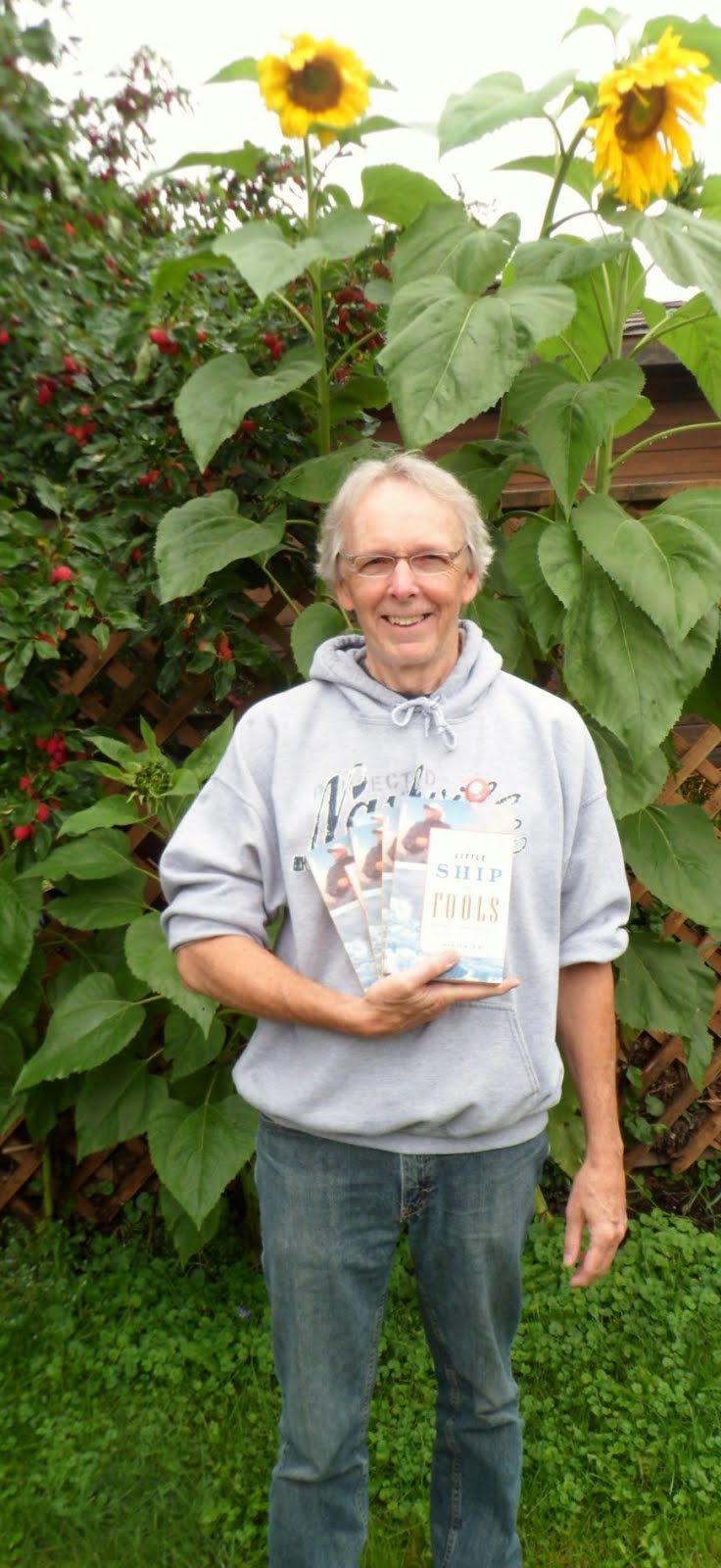





























































































































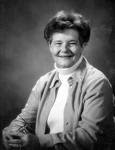


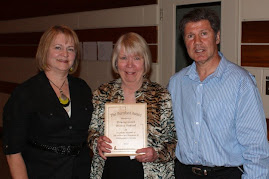









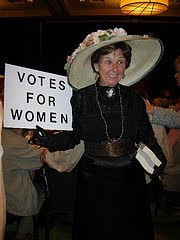
















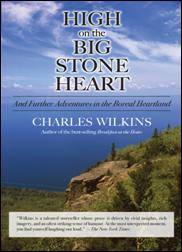



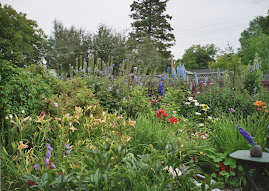

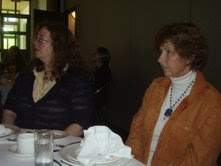
















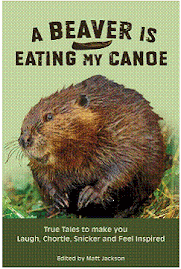


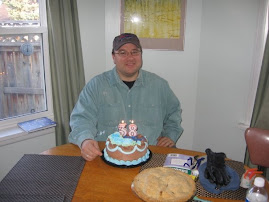















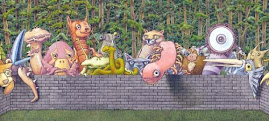
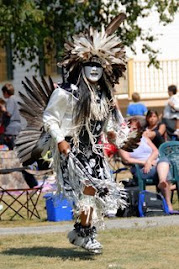






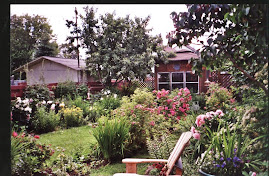










No comments:
Post a Comment